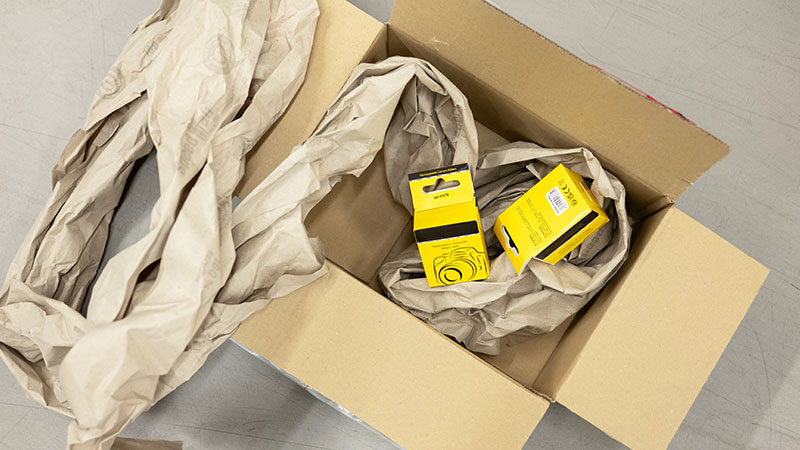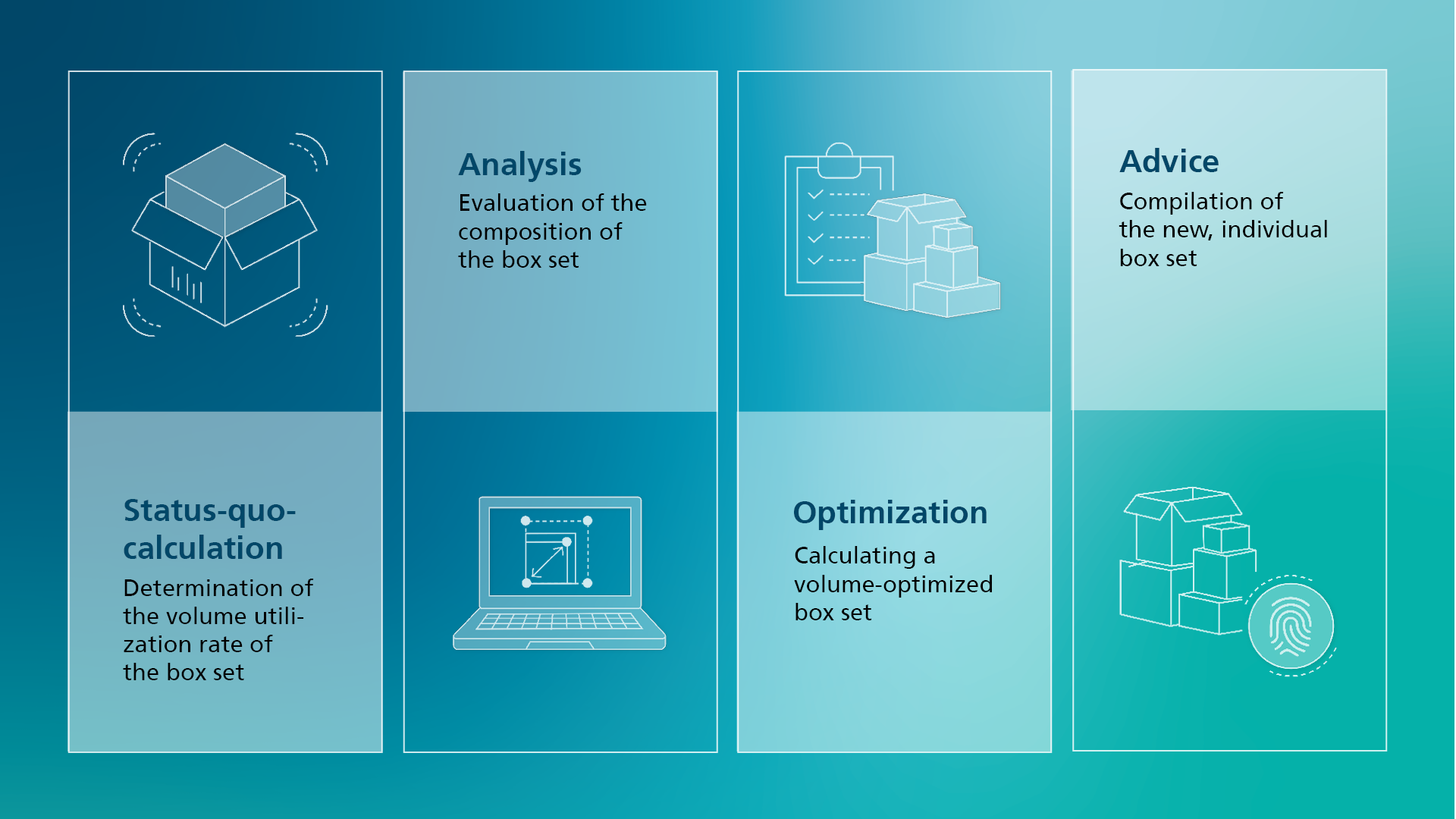Why do we need this new technology?
It is not uncommon for consumers to place an order online and receive a product shipped in a giant box, surrounded by cushioning materials. As e-commerce continues to grow, more and more packaging waste is being generated. Overly large boxes also take up more space than needed on delivery vehicles as the packages are moved around. Amid this situation, solutions for more sustainable and ecofriendlier transportation of packages are needed. The CASTN software under development by researchers at Fraunhofer IML could change that. It helps to find a suitable selection of box sizes so there is as little empty space inside them as possible when orders are being fulfilled. With CASTN, shipping boxes can be put together to fit the order, so they end up being smaller. And that means more boxes fit into delivery trucks, reducing the number of trips needed overall. This would not only lower costs but also help to protect the environment.


